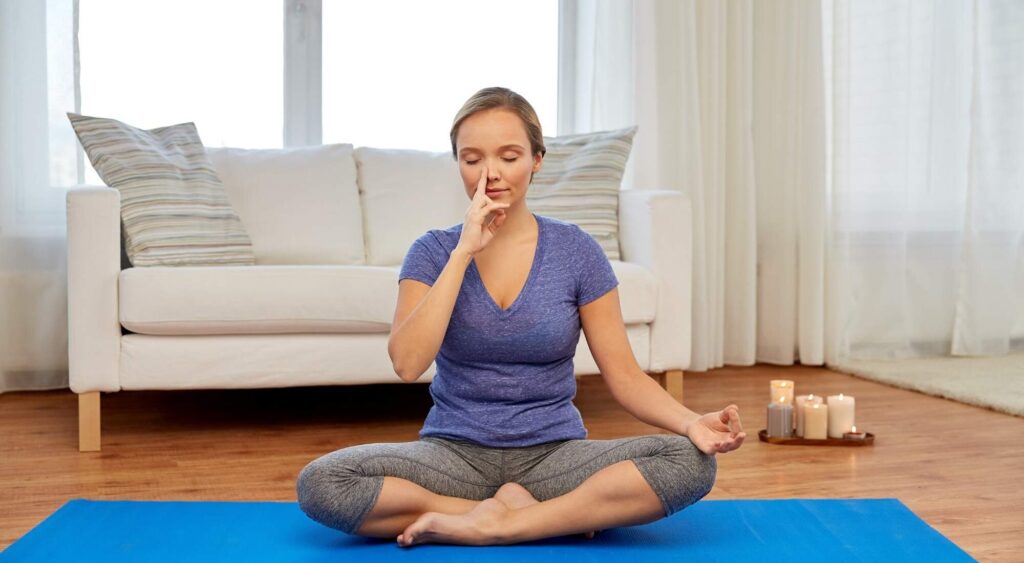Breathing exercises help in managing stress and anxiety by activating the body’s relaxation response and promoting a sense of calm. When you practice controlled breathing, you engage the parasympathetic nervous system, which counteracts the fight-or-flight response triggered by stress.
Breathe out the stale, stagnant air and inhale fresh, revitalizing oxygen. This is the essence of two highly effective breathing exercises like pursed lip breathing and diaphragmatic (belly) breathing commonly taught by pulmonary rehabilitation specialists to individuals with chronic lung conditions like asthma and COPD. Just as aerobic exercise strengthens your heart and muscles, these breathing exercises can enhance lung efficiency and improve respiratory function.
Table of Contents
How Breathing Exercises Boost Lung Health
Breathing may feel effortless when your lungs are healthy, with your diaphragm handling most of the work to draw in oxygen and expel waste gases. But conditions like asthma and COPD can reduce your lungs’ natural elasticity, trapping stale air and forcing your body to rely on secondary muscles to breathe. This can lower oxygen levels and limit your energy for daily activities. Regular breathing exercises can reverse this cycle by clearing out trapped air, improving oxygen intake, and retraining your diaphragm to function effectively helping you breathe easier and feel more energized.
Pursed-Lip Breathing: A Simple Technique to Improve Lung Function
Pursed-lip breathing allows you to take slower, more efficient breaths while helping to keep your airways open for longer periods. This allows more air to flow in and out of your lungs, enhancing oxygen exchange and supporting physical activity. To practice, inhale deeply through your nose and exhale slowly through pursed lips, ensuring your exhale lasts at least twice as long as your inhale. This easy exercise can boost your breathing efficiency and overall lung health.
Belly Breathing, aka Diaphragmic Breathing
Belly breathing, also known as diaphragmatic breathing, promotes deeper, more efficient breaths by engaging your diaphragm. Begin by inhaling through your nose, focusing on the rise of your belly as it fills with air. Place your hands gently on your stomach or use a small object like a tissue box to observe the movement. Exhale slowly through your mouth, ensuring your exhale lasts two to three times longer than your inhale. Relax your neck and shoulders as you practice, helping your diaphragm regain its role in supporting optimal lung function.
Practice Makes Perfect
While these breathing techniques may seem straightforward, mastering them takes practice and patience. Respiratory therapist Mark Courtney advises starting when you’re breathing normally, not during episodes of breathlessness. He recommends practicing during moments of comfort to ensure you’re ready to use the techniques effectively when necessary. Aim to practice both exercises daily for 5 to 10 minutes to build confidence and improve your breathing efficiency over time.

